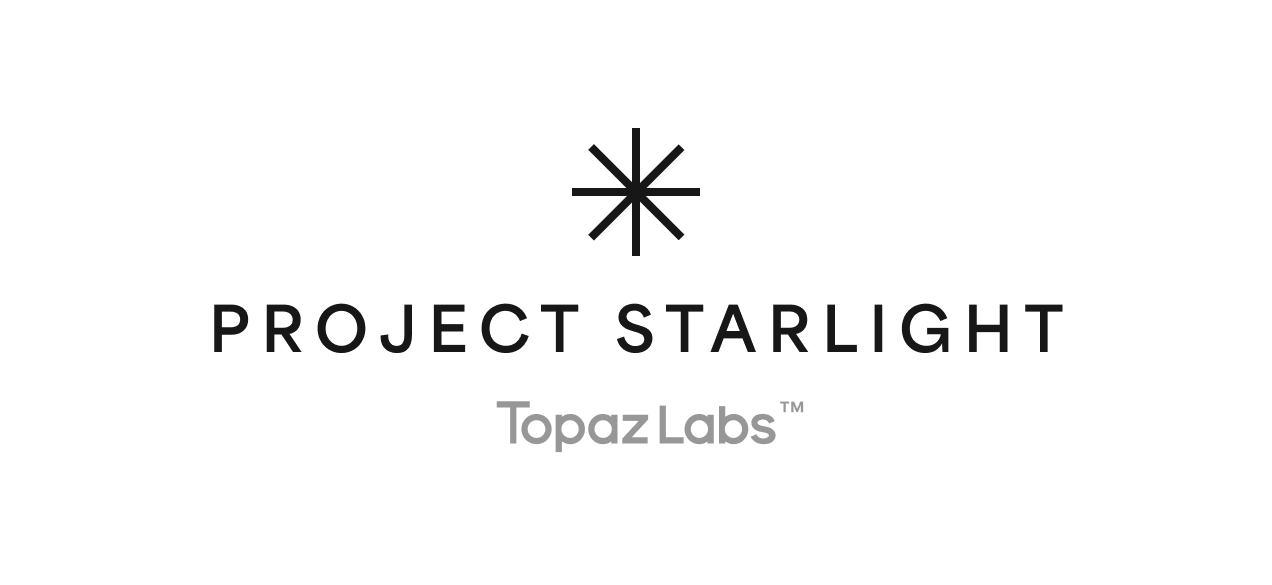Today’s release is a very important moment in the history of Topaz Video AI. We are releasing Project Starlight, the first-ever diffusion model for video enhancement.
This is a significant evolution over our existing models, and it’s the single largest increase in model capability since Video AI launched.
Even the most challenging footage can be enhanced with Project Starlight. So please, try out the “bad” footage—footage that may have previously produced artifacts with other models.
Because of its size, this model is significantly slower and more expensive to run than previous models, and requires cloud processing on server-grade graphics hardware. But this is just the beginning. Our mission as a product and research organization is to advance visual quality to the furthest extent possible—it just takes a little more processing power to get there right now.
We see a clear path towards expanding access to Starlight and other models of this generation to very high end desktop GPUs, and Project Starlight is just the start of a new series of models.
6.1
Project Starlight Research Preview
Active Video AI users can currently process three 10-second weekly previews of Starlight for free. Results will be viewable through unlisted, shareable links with the new “Compare” button in Video AI.
These previews take about 20 minutes to render if servers are available immediately, and all exports are delivered at 1080p.
Starlight Early Access
Video AI users can also render up to 9000 frames of video using Starlight (5 minutes at 30 fps).
The current introductory under-cost pricing of 90 credits/minute will change over time as our team expands access and server capacity.
Our research team is eager to receive feedback and discuss this step-change in AI video upscaling. We appreciate your involvement on this journey to Video AI’s next frontier.
Project Starlight announcement on X
Topaz Labs CEO Eric Yang has also written a new blog post in our Roadmap section to talk more about Project Starlight.
Want to learn more about Enterprise deployments for Starlight and other models? Our new page details different options for bringing Video AI to your team.
Project Starlight is also available in the Video AI web app.


